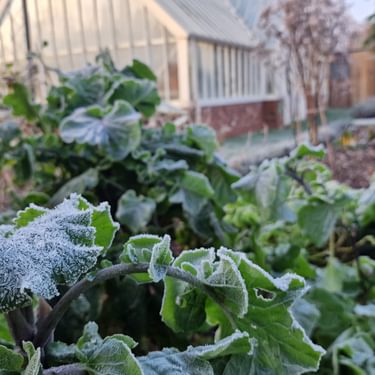
Your organic garden in January
It's the start of the new year, how about preparing your garden for it's upcoming growing season? Prune fruit trees to ensure a bountiful harvest later on in the year, clean down the greenhouse, and start preparing for any early seed sowing.
Soil and composting 🔗
Soil
- Don’t stop weeding. Hoe off/pull out any annual weeds, and dig out perennial ones that are revealed. Compost green foliage, but not seedheads nor perennial weed roots.
- Keep off wet soil in all parts of the garden to avoid compacting and damaging the structure. If you absolutely have to walk on it in the wet, stand on a plank to spread your weight. This is especially important for clay soil.
Compost
- Add enough dry waste to balance the large amounts of wet waste coming out of the kitchen just now. Scrumpled up Christmas card envelopes and bits of cardboard are very useful to provide the carbon element needed.
- Aerate your compost heap by turning it.
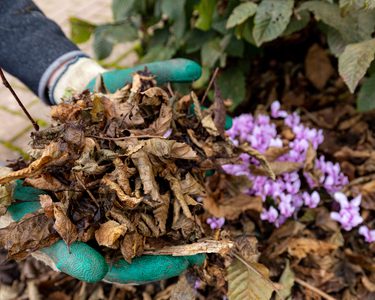
Continue to collect fallen autumn leaves to make leafmould. Pile them in large bin bags or heaps, keeping them damp.
Vegetables 🔗
- Make comfrey leafmould. Cut 2/3rds of the plant's leaves (leaving the remainder to die down and feed back into the comfrey plant) and fill a container (such as a dustbin) in alternating layers of leafmould and chopped comfrey leaves. This will take up to 18 months to rot down, but it is an excellent medium for seed planting. See Leafmould
- January seed sowing - try some early sowings in trays. Germination temperatures of around 13°C are adequate, so you need a bright, cool windowsill. Try plants that like a long growing season, such as chillis and aubergines. If you have a heated greenhouse you can sow greenhouse tomatoes as early as January.
Pest & disease watch
- If your leeks, onions or other alliums were attacked by leek moth or allium leaf miner, dig over the plots so the birds can feed on any over-wintering pests in the soil.
- Comfrey rust can be a major problem if it takes hold. If necessary, remove plants completely and re-place with new stock next year.
- Remove and compost dead and yellowing leaves from winter brassicas. They can encourage fungal diseases and harbour pests.

Start planning your crop rotation for next season’s vegetable plot. If you already have a rotation plan, just make a note of where next year's crops will go.
Fruit 🔗
- Cut out dead, dying or infected disease branches from apple and pear trees. Do not be tempted to prune the stone fruits (apricots, cherries, plums etc) until May when risk of silver leaf infection is past.
- Clear competitive growth (weeds and grass) from around fruit trees, especially newly planted and young trees.
Pest & disease watch
- If your fan-trained peaches/nectarines have been affected by peach leaf curl, build a rainproof structure to protect them. It needs to be in place before buds start to grow as over-wintering disease spores are spread by rain splashes. A simple frame supporting a plastic sheet to keep the plant dry is all that is required.
- Entice birds into the garden to eat winter aphids with fat balls hanging in trees or suspended from bamboo canes set among fruit bushes and canes.
- Inspect apples trees for woolly aphids. Look for a whitish fluffy coating where branches join the trunk and cracks in the bark.
You may also like
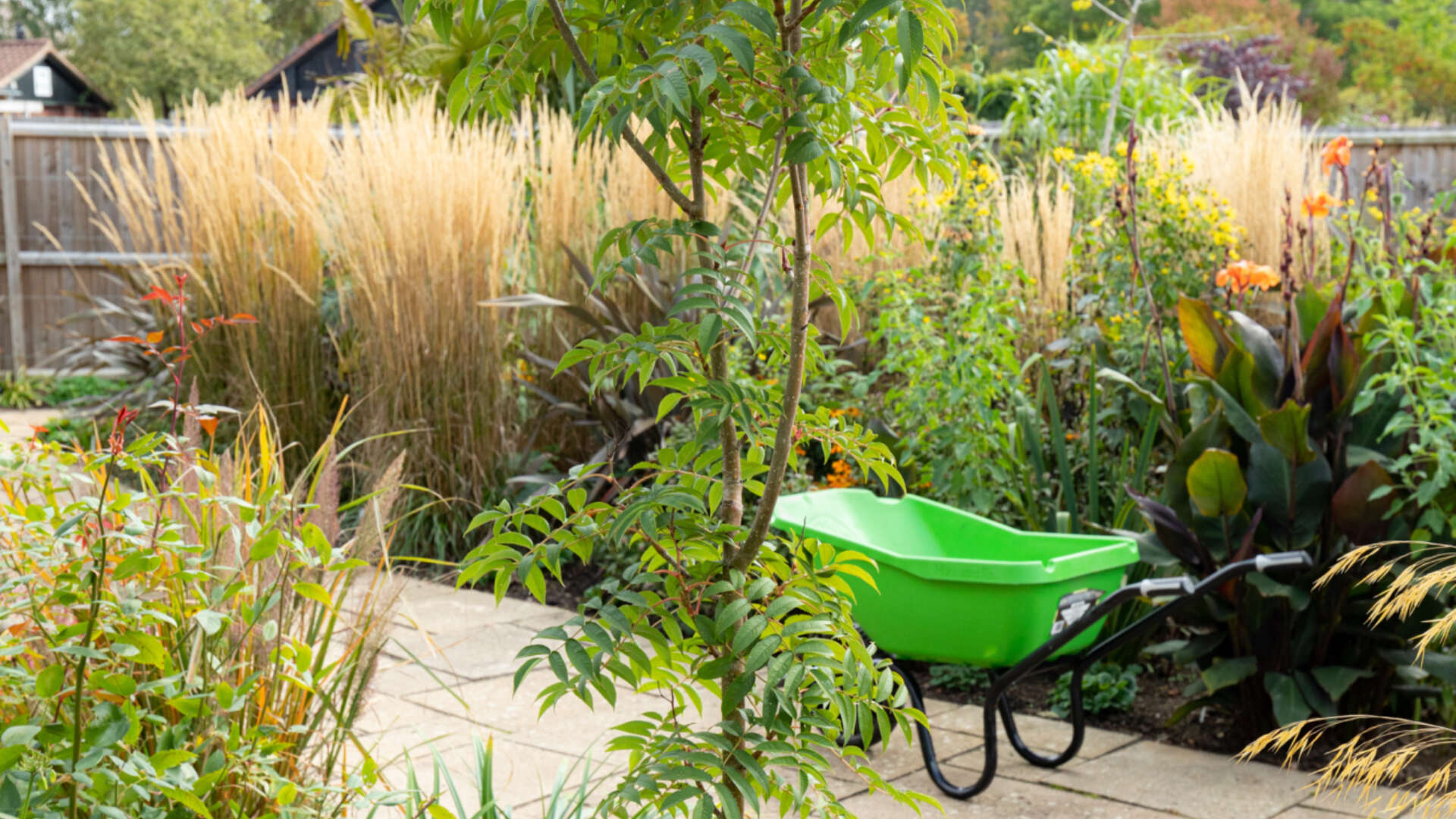
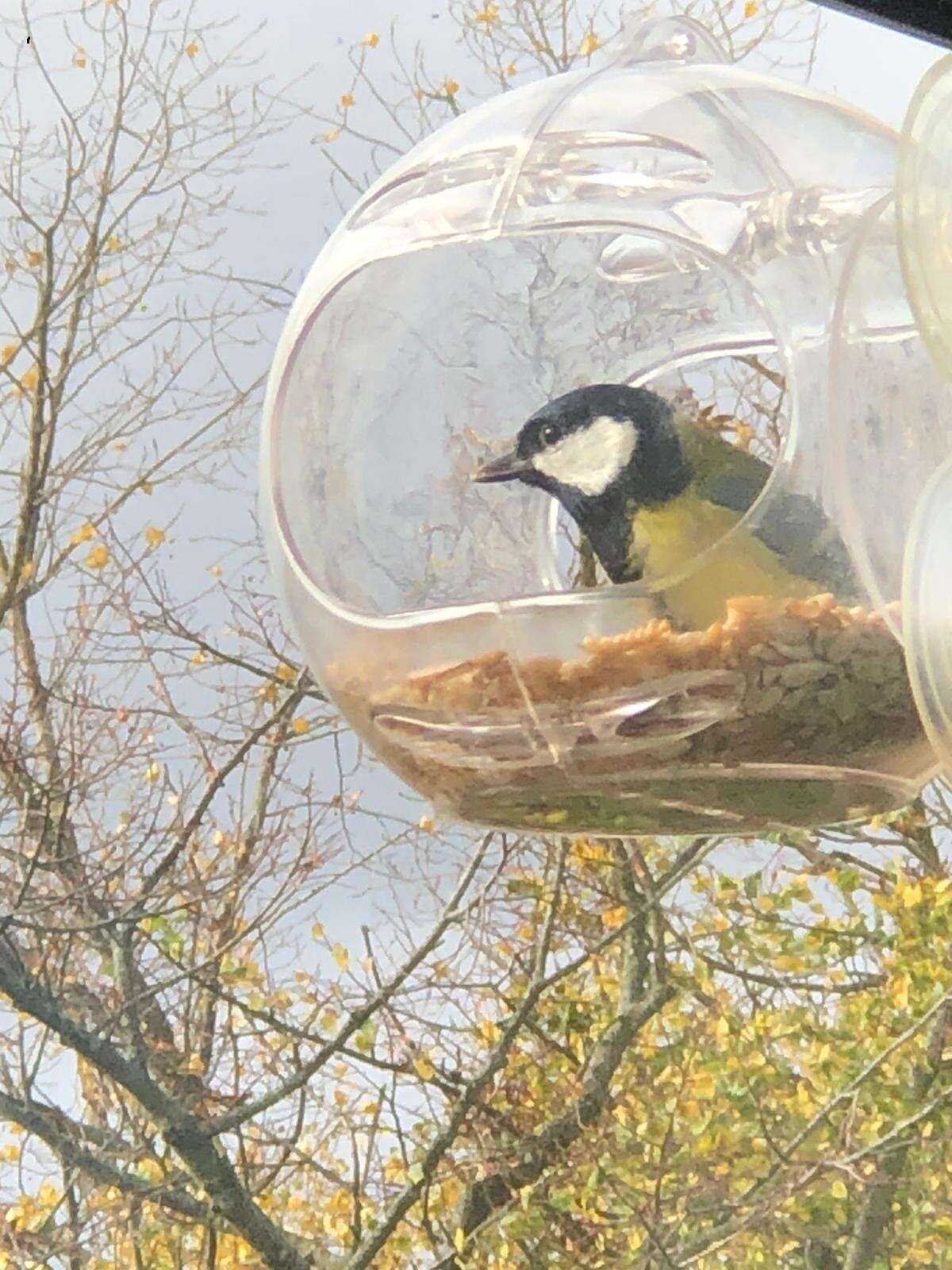
Entice birds into the garden to eat winter aphids with fat balls hanging in trees or suspended from bamboo canes set among fruit bushes and canes.
Herbs 🔗
- Remove fallen autumn leaves that are covering low-growing herbs such as thyme. This will prevent the plants being smothered and possibly killed by a blanket of wet foliage.
Flowers 🔗
- January is an ideal month for trimming roses. Pruning while they are in their dormant phase ensures their continued productivity and overall well-being, setting the stage for splendid blooms in the future.
Keeping the growing area healthy 🔗
- Entice hungry birds into your area with fat balls and other bird feeding stations. They will repay you by eating up a lot of insect pests that lurk out of our sight and reach, under buds and on stems. Birds are especially helpful in cleaning up over-wintering aphids in fruit trees and bushes.
Greenhouse
- Remove dead/dying foliage regularly from over-wintering plants to prevent mildews and moulds taking hold.
- Whitefly will often colonise over-wintering potted-up fuchsia plants. Use insecticidal soap to keep things under control; it’s too cold now to use the biological control. If plants are badly infested, carry them outside very carefully in order not to disturb the whitefly. Once outside shake vigorously to dislodge the insects and quickly replace back inside the greenhouse and shut the door.
Ponds
- Gently skim off dead leaves and duckweed. Even in winter invasive plants can multiply.
Houseplants
- Reduce watering now as plants aren’t growing much, and leaves don’t lose moisture in cool conditions. Keep plants just moist.
- No need to feed plants between now and March.
- Mist the underside of leaves to keep humidity high. This deters red spider mite.
You may also like
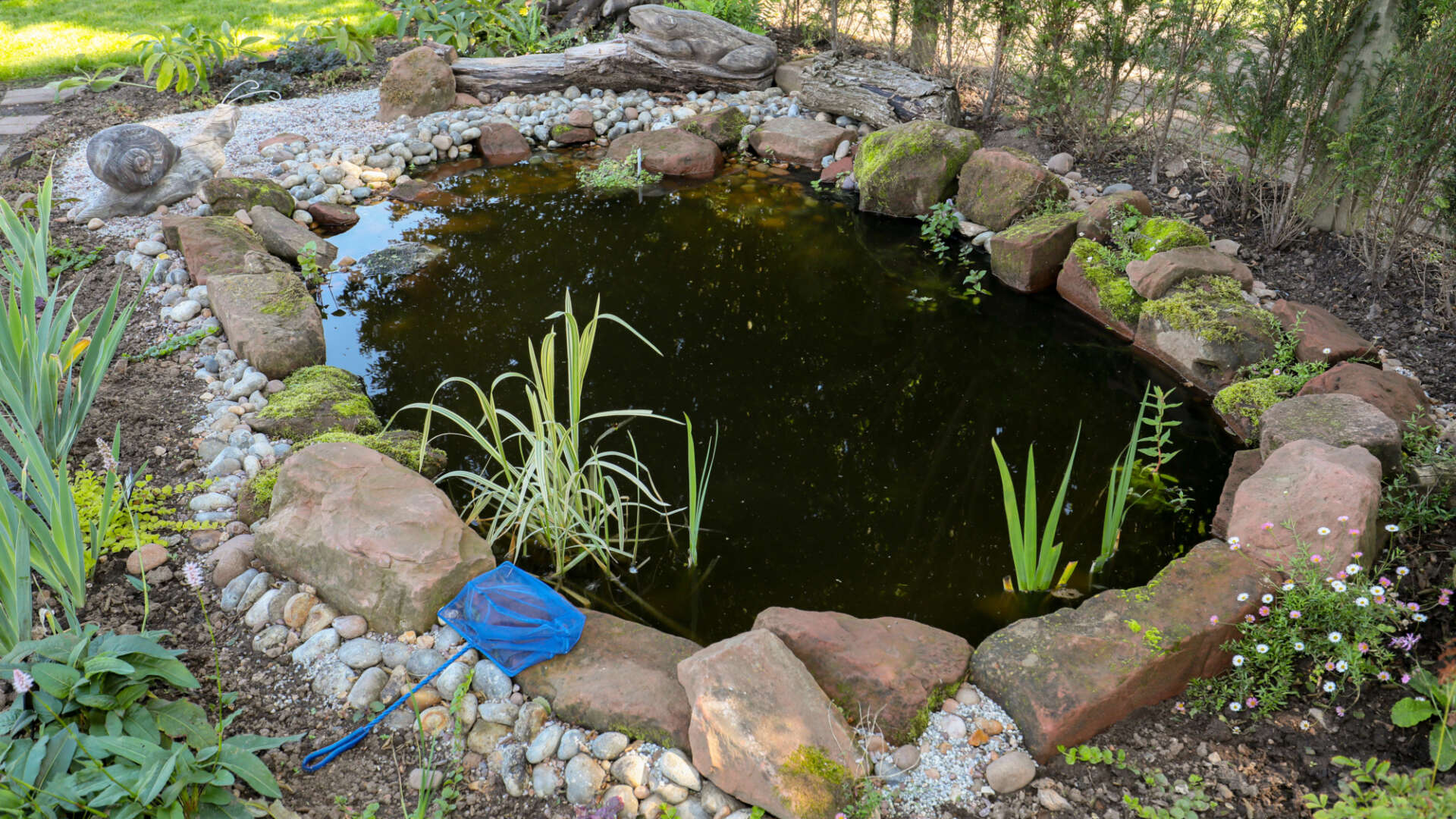
Join Garden Organic!
By becoming a Garden Organic member you can join thousands of people who are already leading the movement for an organic and sustainable future for us all. And get great member benefits!
Join today